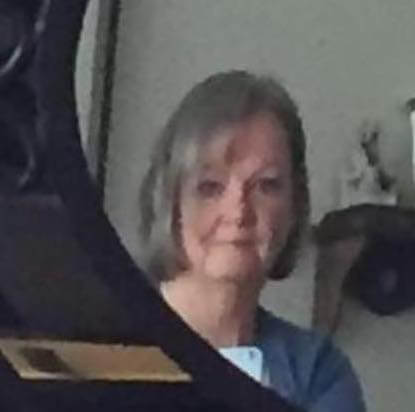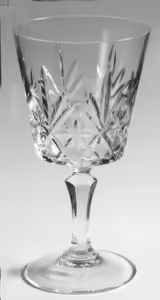Hi guys, I wrote a post on Antique hunting- part one in which I spoke about the different types of anties styles and identifying the age of an antique by wood type and style ages. I also talked about painting furniture.
Today I am going to talk about identifying your furniture with the use of some additional clues and investigating if the furniture is an antique or a reproduction.
Mind you, John and I have a lovely piece of furniture called a Gentleman’s travel case or dresser. It is a reproduction from probably the 1940s and is a lovely thing.
Wood. Look at the wood for the type of wood placement. Good woods were used for show; so you would have lesser woods like pine and fruitwood in other places sides as the side and bottoms
Dovetailing. Machine dovetail began in 1860, so before that, dovetails were made by hand and were not symmetrical or precisely the same in shape. The American furniture makers used this furniture dovetail machine early on. However, the European craftsmen continued to use hand-cut dovetails and went on to use a dovetail called the French keyhole. See pix below. John uses this today.
Real aging. Beware of the distressed and banged up pieces. It just might be a modern table distress to look aged. Holes, indents can be applied with hammers, chains, nail, etc. So look for wearing on the inside of drawers, uneven smoothing on the sides and tops of pieces, check the feet they will be worn, and there may be chips and crack. Again look for symmetry. Symmetry, may not a good thing to find in an antique.
Furniture maker marks. Look for stamps, labels and other makers marks. They will be hidden inside drawers on inside back and side pieces or even on the bottom of a piece. You might have to hunt for these.
The finish can also help identify. I will post about furniture refinishing in another [ost but beware that even a very old antique might have had a refinish in its history. It is very rare to find a 1700 antique with an untouched finish. These are museum pieces and not found in the average or even elite home.
Look for unevenness in the stain from wear, and look for dirt in the nooks and crannies of the piece. You can vacuum old out the antique, but an old item will still have dust staining in the corners.
Another trait of an antique to want to see is shadowing around the handles and pulls of the pieces. Still another sign of an old piece is a split, separation of joints, loss of roundness. Wood shrinks over time and can cause these deformities but know that wood shrinks across the grain not with it so check just where your bends and splits are located.
Hardware can date a piece, but today there is so much reproduction of old pieces it is hard to tell by just looking at the pull or knob. See Link for repro handles. the item apart- you should see differences in color on the inside where the old metals covered each other. Look for shadows under the handle or areas of different finish color, plugged old holes all are signs the hardware has ben replaced. Mind, it may still be an old piece of furniture.
Look for nails. Old nails were handmade, the heads were square, or a bit rounded and look uneven. See for info on old nails.
John and I travel with a Kovel’s book of antiques in the car, or we take a picture to research at home. Sometimes, there is not enough time, so we have a rule. If we think we really have a find and there is no time to research, we set a budget and keep to it, and purchase. Sometimes we make the wrong decision, and it’s not what we thought, but most of the time we are happy with our choice.
Remember: We are not professional dealers, and we are doing this for fun and the business! Recently, we did find an antique table, but the top was damaged beyond repair. John removed the top, and we painted the piece.
A great resource is the PBS program Antique Road Show. I love this show and there is a similar show in Ireland. They also have appraisal experts you can contact as does Dr Lori.com.
The Gamestable appraisal suggest out table john found and repair might be worth in the 4 figure range. So you just never know
So I suggest you keep some of these ideas in mind when you go antiquing- remember to have fun and enjoy the experience. Be wary of buying a high priced item until you have a chance to research.
That’s for visiting. Talk soon
Take care Dee







